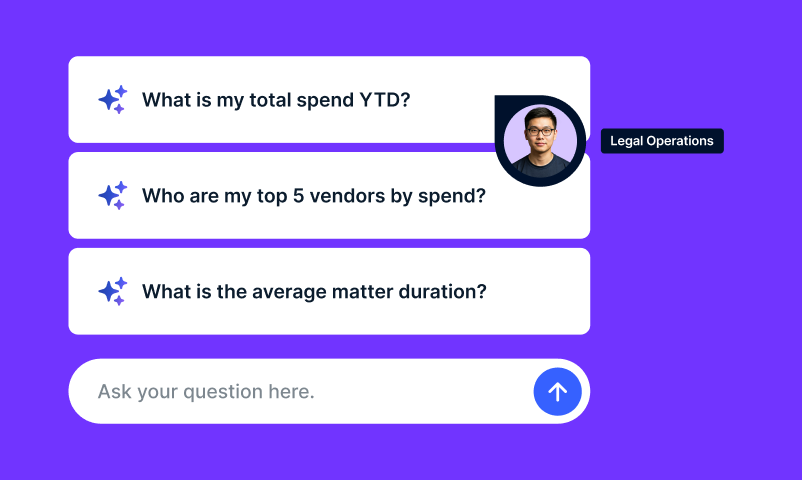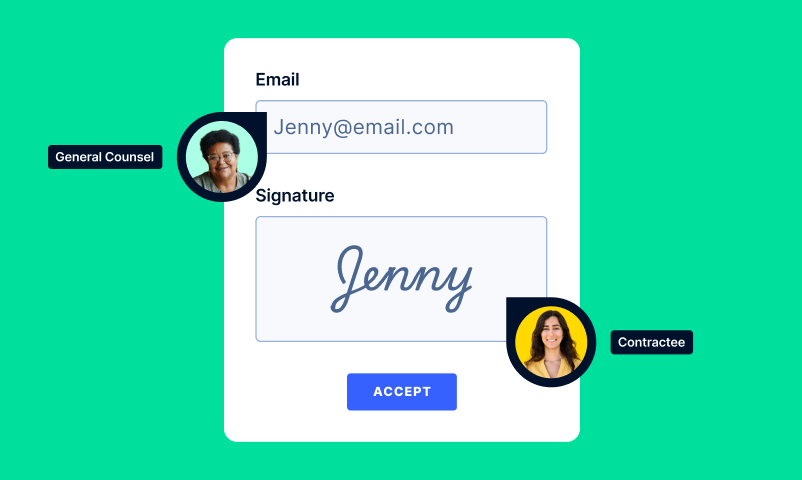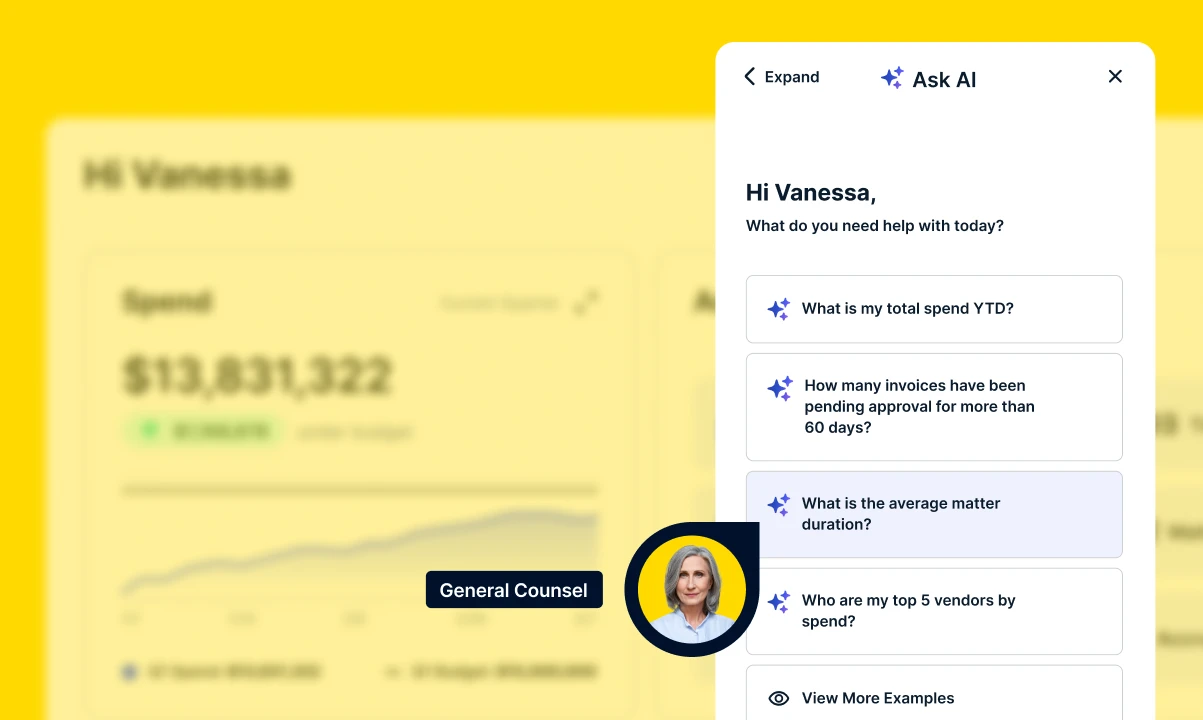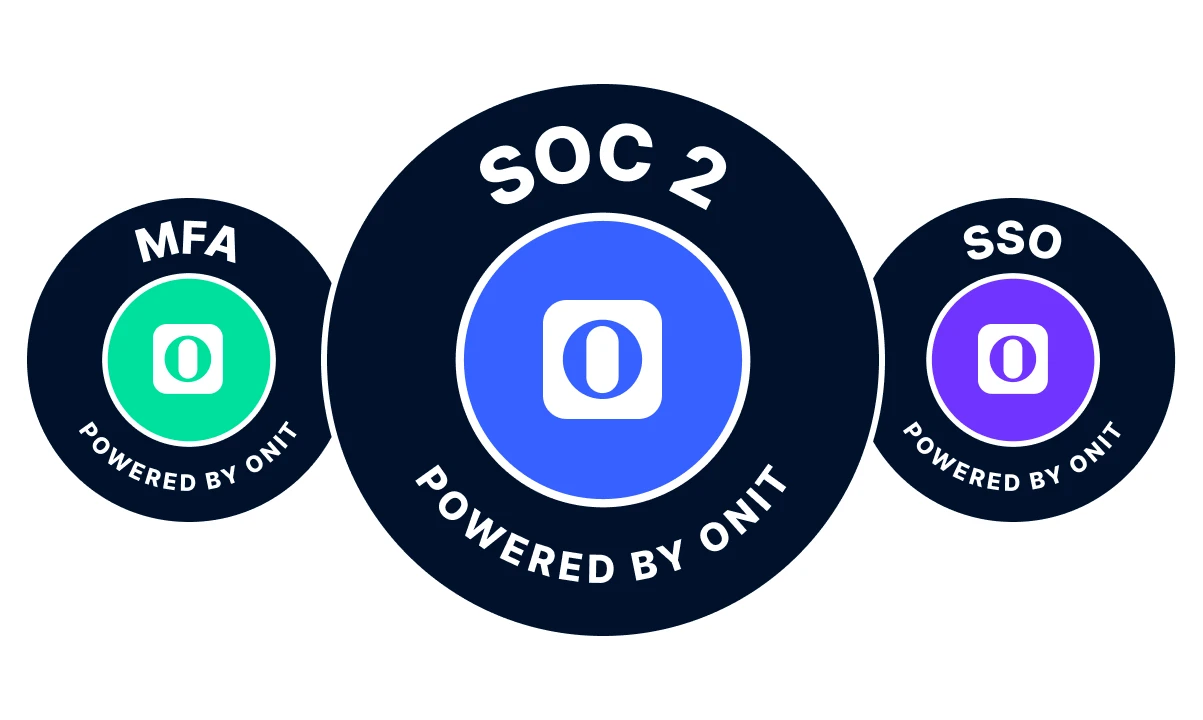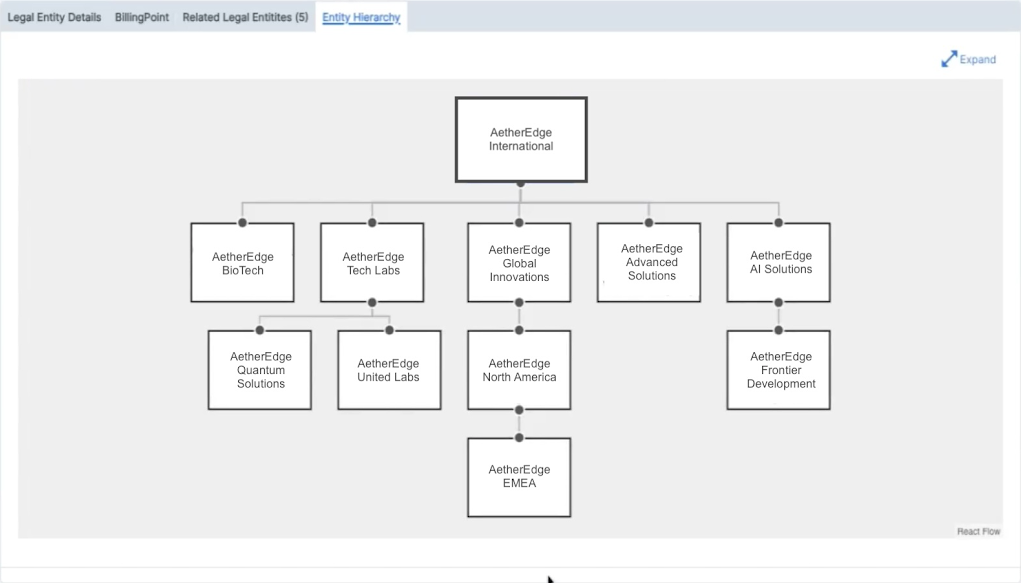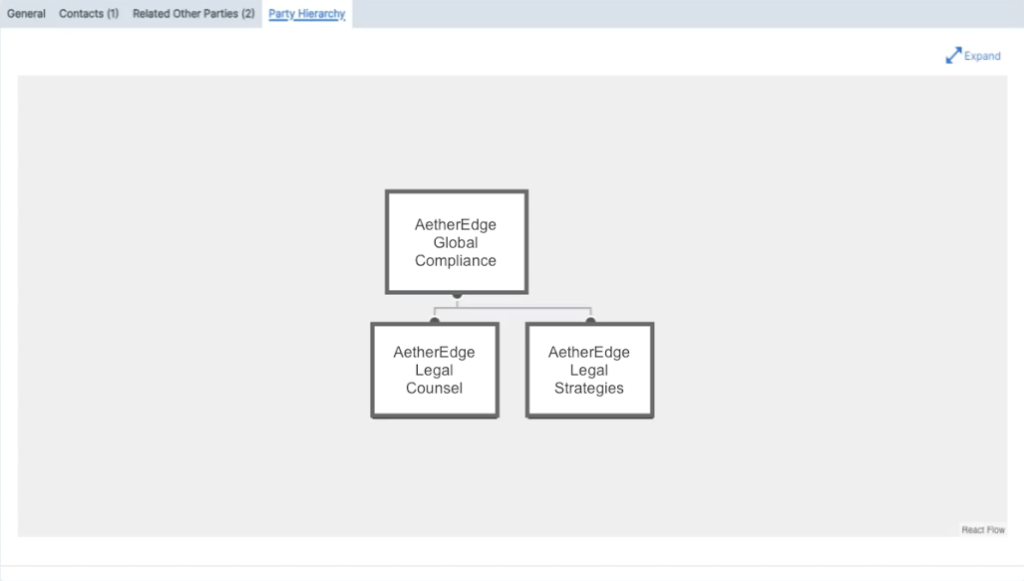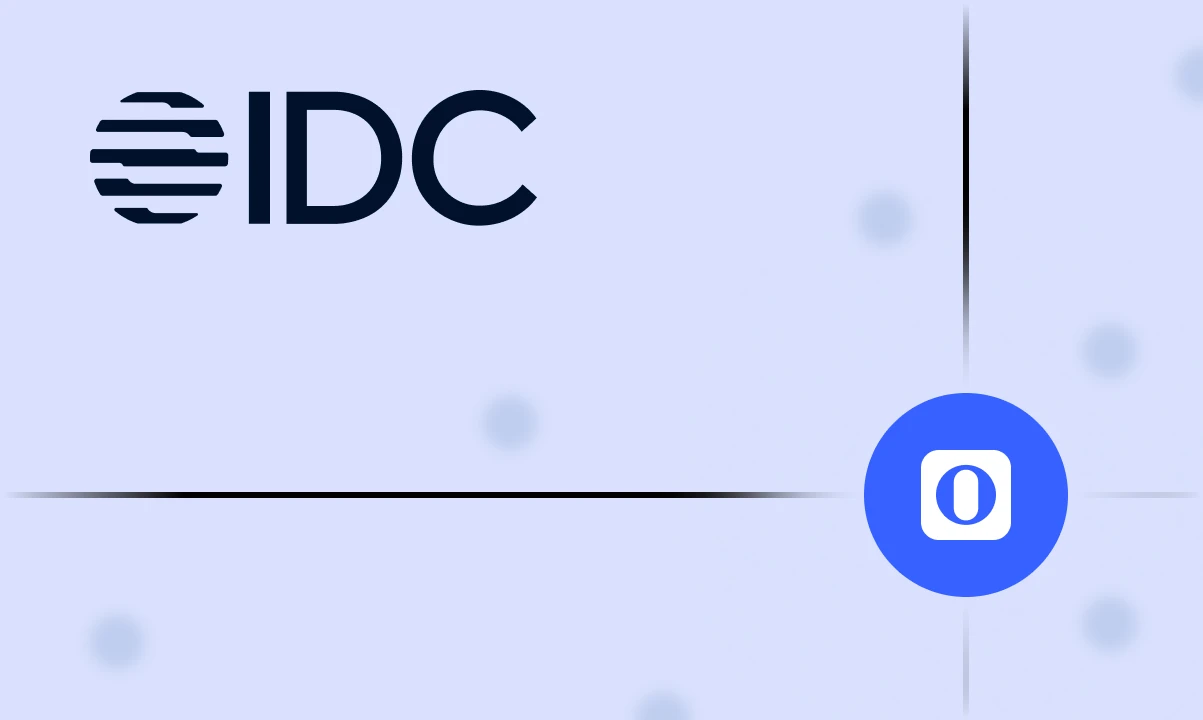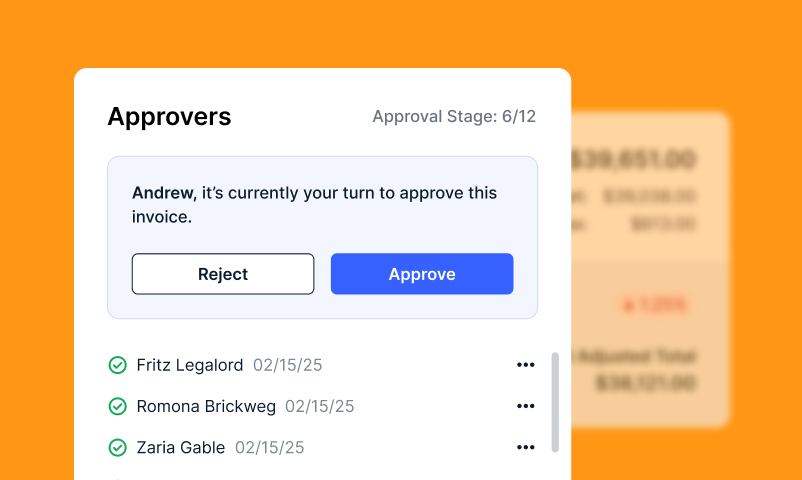
Harness the Power of AI for Smarter Contract Extraction
Manual contract tagging is time-consuming, error-prone, and inefficient. AI Contract Extract for ContractWorks automates this process using generative AI to identify and tag critical data elements and clauses. This functionality ensures greater accuracy, and improved compliance—helping legal and procurement teams focus on strategic tasks.
From tagging payment terms to tracking force majeure provisions, traditional contract management methods often introduce inconsistencies and blind spots—leading to missed renewal deadlines, costly compliance violations, or even disputes over unclear obligations. A single overlooked clause can mean significant financial and legal consequences, making accuracy and efficiency in contract tagging more crucial than ever. AI Contract Extract eliminates these inefficiencies, offering an intelligent auto-tagging solution that brings contract management into the future.
Why Contract Management Needs Innovation
Organizations today face growing pressure to optimize workflows while avoiding costly errors. Conventional methods for reviewing and tagging large volumes of contracts are not only labor-intensive but also prone to oversight. As businesses expand, the risk of missing critical obligations or mismanaging renewals increases exponentially.
AI Contract Extract addresses these pain points head-on by leveraging generative AI. It’s built to handle the heavy lifting of identifying and tagging key data—such as governing law or payment terms—so legal, procurement, and risk management teams can reclaim time and reduce compliance risks.
How AI Contract Extract Transforms Your Workflow
- Automated Clause Tagging
Automatically identifies and tags crucial contract elements—like confidentiality, force majeure, and governing law—drastically reducing manual inputs and potential errors. - Customizable AI Prompts
Tailor the solution to your organization’s specific needs by defining unlimited custom prompts for AI-driven tagging, ensuring complete alignment with your business requirements. - Enhanced Searchability
A centralized tag library, combined with precise auto-tagging, makes it easy to locate and organize key clauses across vast contract repositories. - Improved Compliance Tracking
By consistently capturing obligations and risk clauses, AI Contract Extract mitigates compliance errors and promotes more reliable contract oversight.
Efficiency Meets Innovation
Beyond streamlining manual tasks, AI Contract Extract is designed to elevate your legal and procurement operations:
- Speed and Accuracy: Eliminate time-consuming reviews and reduce errors.
- Better Compliance: Gain a transparent view of critical obligations, reducing risk.
- Greater Visibility: Centralize and structure data to make faster, more informed decisions.
The Future of Contract Management Starts Now
AI Contract Extract provides a sophisticated, automated approach to organizing and analyzing contract data, allowing teams to focus on strategic tasks rather than routine administrative work.
Ready to see AI Contract Extract in action?
Already a ContractWorks customer? Contact your CSM to learn more about how AI Contract Extract can transform your workflow.
New to ContractWorks? Book a demo today to discover how generative AI can revolutionize your processes—and learn about Onit’s full suite of AI-driven solutions designed to streamline every aspect of legal operations.


